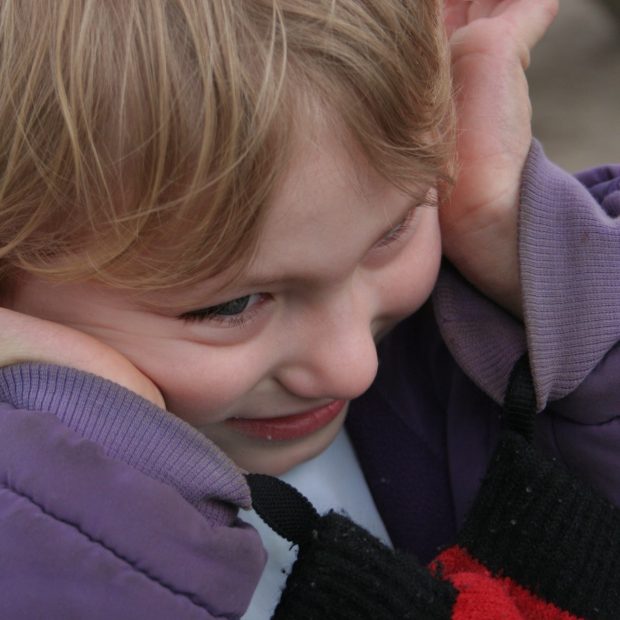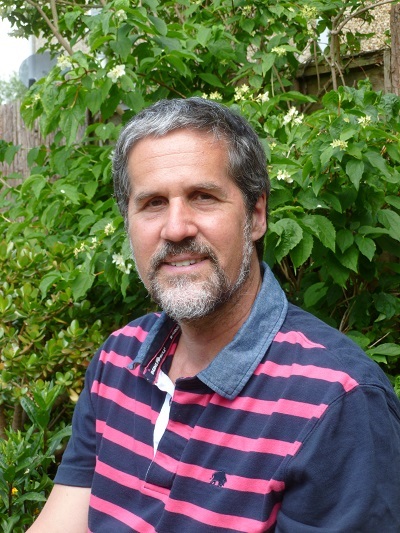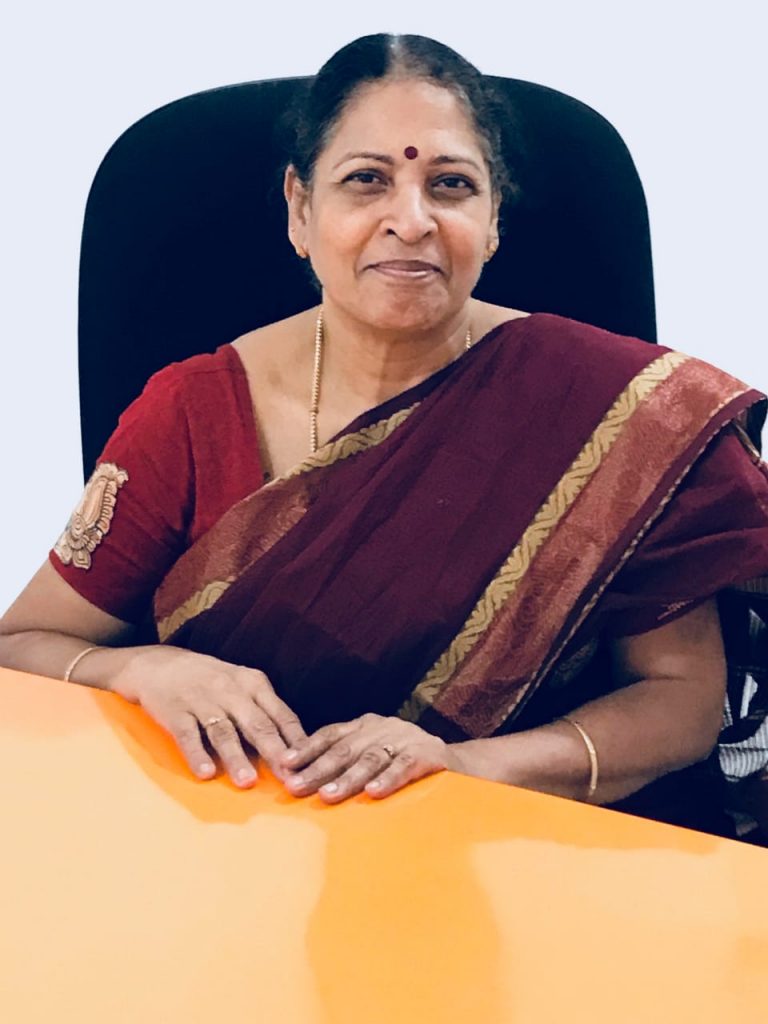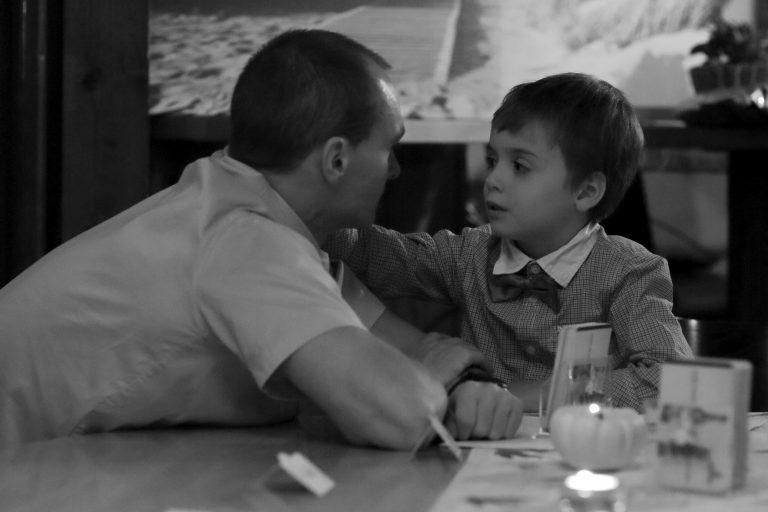
You may not know this but certain exercises have benefits for little children who are on the spectrum as well as for neurotypical children. Jonas Torrance, author of Therapeutic Adventures with Autistic Children, talks about these on my new episode, while sharing what one can do to support loved ones with autism.
If there’s one thing most parents struggle with in the early years, it’s how to get their children to sleep more, and to enjoy a good quality of sleep. And for this reason, any parent with little children will tell you, exercise must be made a regular part of every child’s life. Scheduling in exercise every day tires kids out, making them sleep better; this helps them to fall into a routine, which is extremely soothing. In fact, routines are not only soothing for children, but for grown-ups, too. Regular exercise also helps improve fitness, helps build strong bones and muscles, and reduces a child’s risk of developing conditions like Type 2 diabetes, obesity and high blood pressure. This is true for all children, but for children with ASD (Autism Spectrum Disorder), exercise becomes even more important as it improves motor skills, social functioning, muscular strength and endurance. But all of that comes later. The first challenge before parents is to identify ASD, and as you’ll hear Jonas Torrance, author of Therapeutic Adventures with Autistic Children, say on my podcast, the irony is “There’s a strong emphasis on early intervention [in the case of ASD] but less emphasis on early diagnosis”.
Spot the signs
“A good diagnosis also includes some kind of analysis of the sensory needs of the person and also an analysis of the way they move and any bodily issues as well”
- Jonas Torrance, registered dance movement psychotherapist and a behaviour consultant

Torrance is a registered dance movement psychotherapist and a behaviour consultant, who has worked with autistic children for over 30 years. Arriving at a diagnosis of autism, he says, involves various tests – questionnaires, which may be filled in by the individual himself or herself or by relatives, friends, associates, or staff at an institution – as well as observing the person. “A good diagnosis also includes some kind of analysis of the sensory needs of the person and also an analysis of the way they move and any bodily issues as well,” Torrance explains on my show, where he offers more details on the subject of ‘living with autism’.
Torrance lists a few things that can help parents identify the condition early so that they can employ the necessary interventions as soon as possible:
- In a baby or infant: Look for poor muscle tone, says Torrance. “For example, an infant, who’s a bit weak, doesn’t really lift themselves up towards things, not got good grasping skills; doesn’t stay well with the breast…moves away from the breast…shows disinterest and, very importantly, perhaps, doesn’t have much eye contact. The eyes may be making contact but with all sorts of things, rather than with mother’s face. With a young baby, those are the main things you’re looking for,’ says Torrance.
- As the child gets older, he recommends observing “aspects of movement: How the child develops through the classic developmental stages of sitting up, crawling, standing up, walking…all those kinds of things”. Lack of coordination could be another sign – “after the child has learnt to walk, you might, for example, notice he or she kind of falls from foot to foot, rather than walk in a coordinated way. Also, the way an autistic child might point, the way they make a finger and point – it’s very important – you’ll notice it’s different from a neurotypical child,” Torrance says. And, in the early development years, speech is another giveaway, says Torrance. “Be aware of how a child initially babbles – makes those oo-aah sounds – and how they begin to form words; also, what they focus on in terms of speech; if they focus on objects rather than people, if their first word is, say, ‘wheel’ before ‘mama’.”
The caveat here, Torrance says, is that none of these things, individually, point to autism necessarily. “You need to take all these things together and if the whole picture presents a child who is ticking a lot of those boxes, then you might want to be curious about it. You can make interventions very early on which are helpful to them regardless of whether they’re autistic”.
Dealing with denial
“It doesn’t help that the child’s grandparents, well-meaning though they may be, often step in to say that the child’s parent or a sibling of his or hers also developed speech late and so it’s perfectly fine. Parents [in families in India] then tend to cling to hope and diagnosis is delayed further.”
- Lakshmi Ravindra, director of special education at Wellness Hub, KPHB, Hyderabad

In India, as in many parts of the world, all this is easier said than done, says Lakshmi Ravindra, director of special education at Wellness Hub, KPHB, Hyderabad. This is not because of a lack of awareness or willingness to assist autistic loved ones, but because families grapple with denial. “Though pediatricians and speech therapists can diagnose ASD by 18 months in most cases, many children remain undiagnosed until the age of four or five
years – by which time, parents can’t ignore developmental difficulties. But even at this stage, often, parents remain in denial,” says Ravindra. Parents who are struggling with this, may find some help in the episode of my podcast, Wellness Curated , that’s about ‘managing expectations’.
“It doesn’t help that the child’s grandparents, well-meaning though they may be, often step in to say that the child’s parent or a sibling of his or hers also developed speech late and so it’s perfectly fine. Parents then tend to cling to hope and diagnosis is delayed further,” Ravindra adds.
Adding a line of caution, Mumbai-based psychiatrist Dr Chinmay Kulkarni, says, “While this is often the case, it would also be counterproductive for parents to blame themselves for acting late. It’s important to remember that autism is a neurodevelopmental disorder and that it can take time for symptoms to manifest in a way that’s evident.” Parents or caregivers, who are coping with guilt, may find some help in the episode of Wellness Curated in which I speak with holistic wellness counsellor, Shobana Cooke.
What you can do


Torrance lists a few examples of basic exercises that help with the development of all children, but more so for children on the spectrum. “For example, I made some mouth sounds (listen here, at 6.25), that’s one of the things we can do – we can get a young child, face them so they’re looking at your face and make exaggerated mouth movements,” offers Torrance, recommending that parents do this regularly, several times a day. “Really get the child used to your face,” he says, explaining that one of the features of autism is that an autistic child, “doesn’t immediately recognise a human face as being any more important than something else; while, most children focus on the face as soon as they have the ability to see the face”.
Torrance also recommends swimming, or at least, “if they’re ok with it, get them in water,” he says, pointing out that water encases the body countering another feature of autism, which is, “a fragmented sense of self,” as Torrance puts it. “We [a person with autism] feels that our hands are not necessarily connected to the elbow or the feet to the toes and so on,” he shares. “Autistic children see themselves as separated out, different parts and do not necessarily have a sense of a coherent whole body – water helps a child feel contained; the pressure of the water helps the child to recognise their whole body and that’s useful as it gives them a sense of sensory integration”.
A third exercise he recommends is ‘tracking.’ Pointing out that autistic children often lose interest visually in something, Torrance says parents can help them – “You may even hold their head,” he says – to track an object as it moves. “It’ll help them to concentrate on that object,” he says, highlighting that since these exercises also help in the development of neurotypical children, there’s no reason parents can’t or shouldn’t do them until a diagnosis of ASD.
Making life a little easier
“Parents should work with therapists to see what they can do to support therapy at home. Parents can play a major role in things like language development, for example.”
- Dr Chinmay Kulkarni, psychiatrist

Ravindra adds that exercise helps individuals with ASD all through their lives, as it helps counter hyperactivity. But, in addition to such devices, she also recommends a few ways in which families can help persons with ASD integrate into the community better. The first step, she says, at least in India, is that parents frame their attitude, “shifting from thinking of the condition as a problem, to finding a way to address the challenges that come with it.” The good news, she says, is that over the last 30 years, she’s seen a huge shift in mindsets, “from a lack of awareness, we now see both parents willing to take equal responsibility – and that’s a wonderful change.”
Pointing out that autistic children are visual learners, Ravindra says simple interventions like preparing them for what they will see in a room beforehand makes it a lot easier on those with ASD. “Show them what you’re going to do, where you’re going to go. If you have photos of potential guests, show them these photos. Prepare the child as much as you can and you’ll likely see things go relatively smoothly.”
She points out that, like for anyone, those with ASD will thrive when they are allowed to indulge their interests, “and by age 10, you can see whether the child will be good academically or where their interest lies – once they recognise this, parents should train and motivate the child accordingly and aim to make him or her a productive citizen,” she says.
To this, Dr Kulkarni adds the need for parents to try and work with therapists to understand how they can support their child with some form of training at home. “Parents can play a major role in things like language development, for example,” says Dr Kulkarni.
For more on how and when you can identify signs of ASD, and how to help people with autism integrate into the community and enjoy a better quality of life, listen to Jonas Torrance on Wellness Curated.

